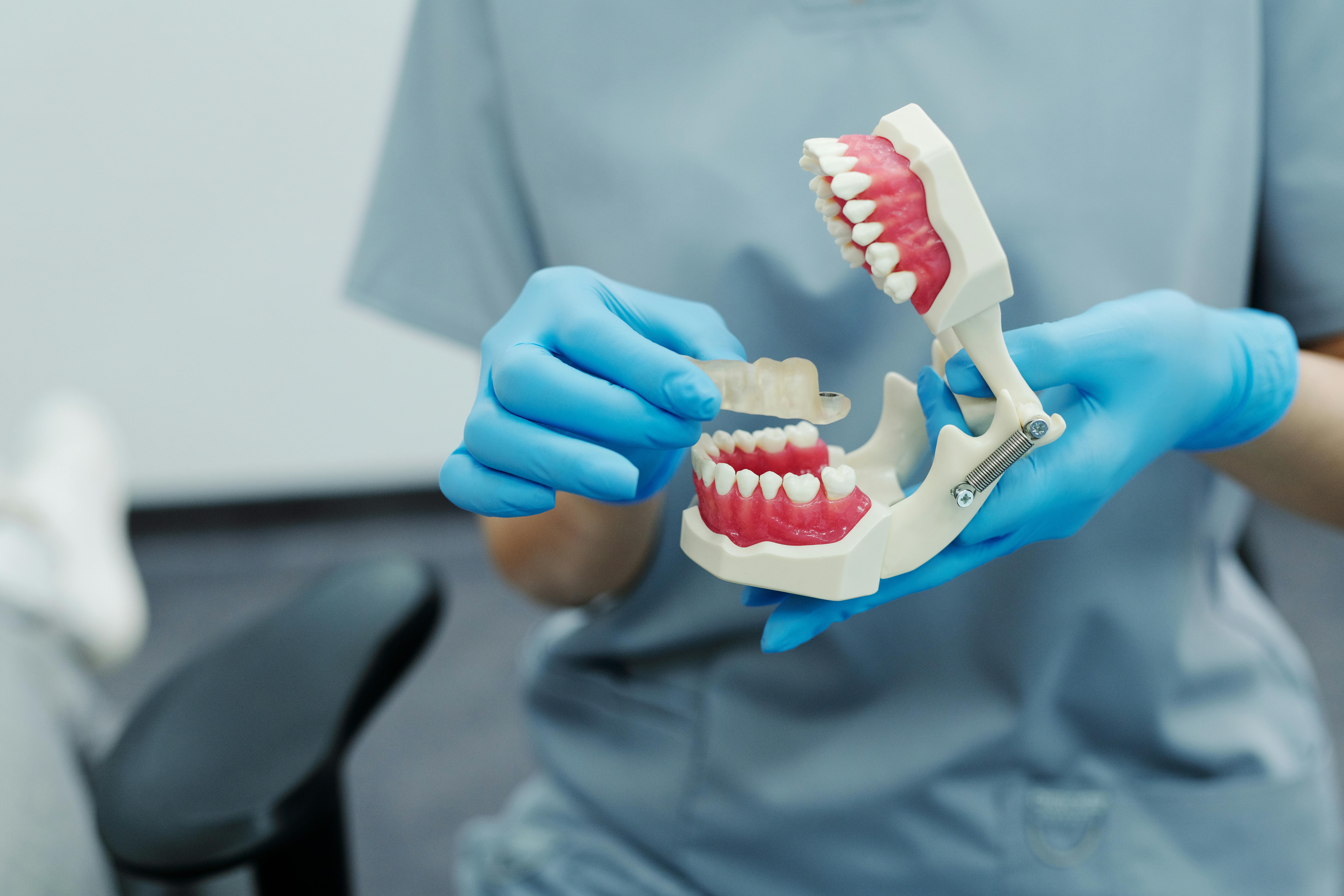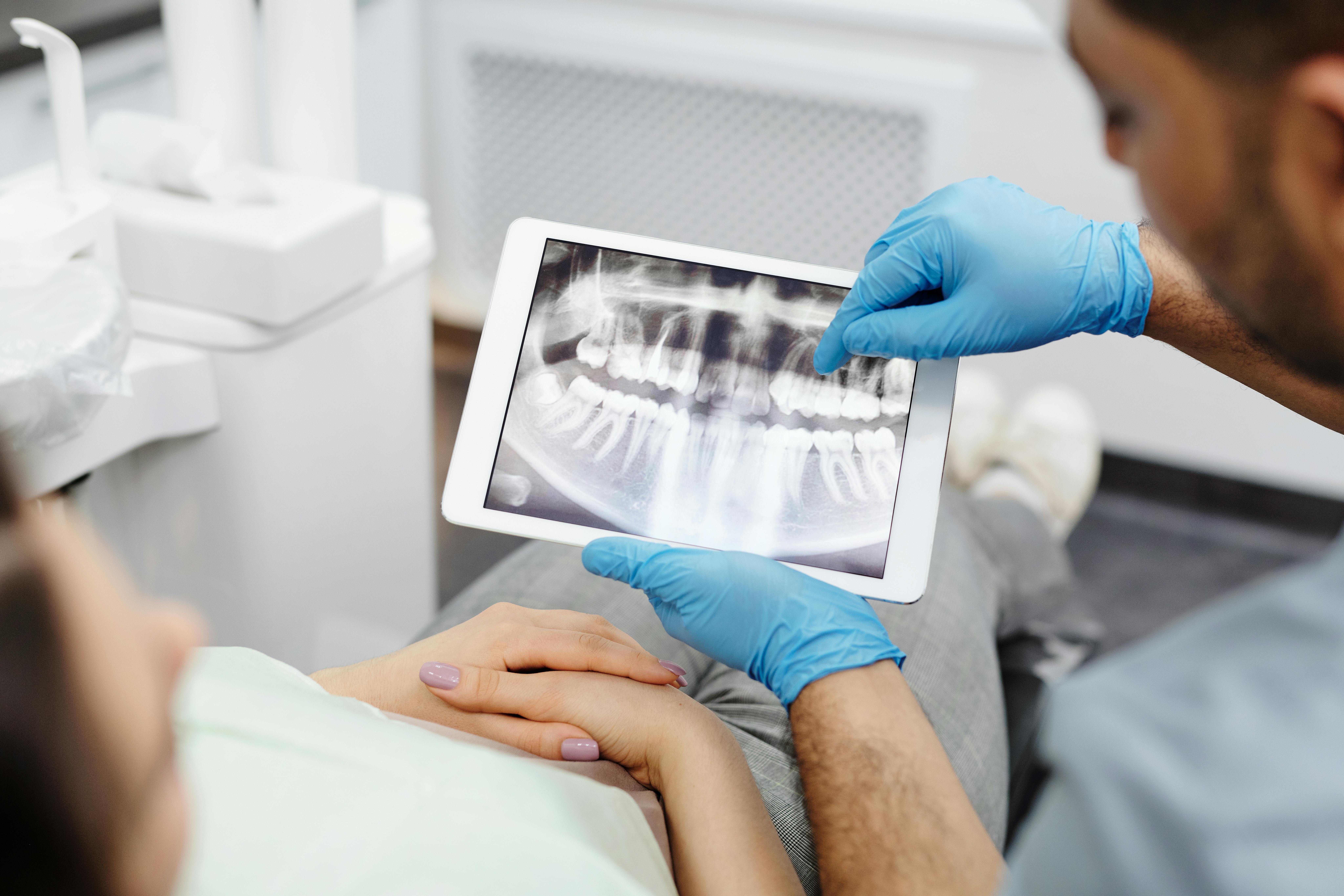Orthodontists are dental professionals who specialize in diagnosing, preventing, and treating issues with teeth and jaws. They can create custom treatment plans to improve proper alignment of the teeth and jaws, which may require the extraction of some teeth. Yes, orthodontists can pull teeth if necessary in order to achieve a healthier bite or a better-looking smile.Yes, orthodontists are qualified to pull teeth. They are dentists who have specialized in the diagnosis, prevention, and treatment of dental and facial irregularities. Orthodontists can perform many procedures that involve the teeth, including extracting them.
Extraction for Orthodontic Treatment
An orthodontist may recommend the extraction of one or more teeth as part of an orthodontic treatment plan. There are several reasons why this may be recommended, including overcrowding in the mouth, the presence of extra teeth, or to correct a bad bite. Extractions can help create room in the mouth so that other teeth can be moved into proper position with braces or other orthodontic appliances. In some cases, extractions may also be recommended to improve a person’s facial profile by removing certain teeth that are not aesthetically pleasing.
Crowded Teeth
When there is not enough room in the mouth for all of the teeth to fit properly, an orthodontist may suggest extracting one or more teeth to create more space. This is often done when a person has an excessive number of teeth in their upper and/or lower arch that cannot fit comfortably into their jawbone. By removing one or more of these extra teeth, it allows for all remaining teeth to be properly aligned without overcrowding.
Extra Teeth
In some cases, a person may have extra (or supernumerary) teeth that are blocking other healthy adult teeth from erupting properly. These extra teeth can cause overcrowding and misalignment if left untreated, so they must be removed by an orthodontist in order for other healthy adult teeth to come into proper alignment. Removing these extra teeth also prevents damage to surrounding structures like gums and roots of existing healthy adult teeth.
Improper Bite
If a person’s bite is misaligned due to crooked or crowded teeth, an orthodontist may recommend extracting one or more of those affected tooth/teeth in order to correct the bite and allow for other remaining tooth/teeth to move into proper alignment with braces or other orthodontic appliances. Extracting certain crooked and crowded tooth/teeth can also help create better jaw alignment which may improve a person’s facial profile.
When Is It Necessary for an Orthodontist to Pull Teeth?
Pulling teeth is sometimes necessary for orthodontic treatment, but it is not always the case. Orthodontists may need to remove teeth when they are overcrowded, rotated, or blocking other teeth from coming into their correct alignment. Teeth may also need to be removed if they are impacted, meaning they have not yet come into the mouth, or if a person has an extra set of teeth that could cause issues with the bite and alignment. In some cases, orthodontists may also recommend extracting a tooth if there is not enough room in the jaw for it to fit properly.
When deciding whether or not to pull a tooth, orthodontists consider a variety of factors including how much space is available in the mouth and how it could affect the patient’s overall health and function. They will also assess what happens when certain teeth are missing and how it will affect their overall treatment plan.
Orthodontists strive to use non-extraction treatments whenever possible and only turn to tooth extraction as a last resort. In some cases, such as when there is severe crowding or misalignment of the teeth, extracting one or more teeth might be necessary in order to achieve desired results. The decision ultimately rests with the orthodontist who will determine whether pulling a tooth is absolutely necessary for successful treatment of misaligned teeth or crowded bite.
Benefits of Having a Tooth Pulled by an Orthodontist
Having a tooth pulled can be a difficult decision, but it is often necessary for oral health. When the time comes to have a tooth removed, it is important to have the procedure done by an experienced orthodontist. An orthodontist has the expertise and skill needed to perform the extraction in a safe and effective manner. There are several benefits of having a tooth pulled by an orthodontist, including:
First, an orthodontist has the experience necessary to perform the procedure correctly. They understand the anatomy and mechanics of teeth and can ensure that each extraction is done properly. Orthodontists also use specialized tools that allow them to carefully remove teeth without damaging surrounding tissue or other teeth.
Second, an orthodontist can provide pain relief during the procedure. They will often use local anesthesia and other sedation methods to minimize discomfort during extraction. Additionally, aftercare instructions will be provided so that proper healing can be achieved.
Third, having a tooth pulled by an orthodontist helps ensure that any follow-up treatments are successful. For instance, if dental implants or bridges are being considered as replacements for extracted teeth, having the extraction performed correctly is essential for these treatments to work properly.
Finally, having a tooth pulled by an orthodontist often results in faster healing times. This is due to their skill in performing extractions as well as their ability to provide effective aftercare instructions.
In conclusion, there are numerous benefits of having a tooth pulled by an experienced orthodontist. They have the expertise needed to perform the procedure correctly and provide pain relief during treatment. Additionally, they can ensure follow-up treatments are successful and help patients heal quickly after extractions.
How Does an Orthodontist Pull a Tooth?
An orthodontist is a dental specialist who can help you when it comes to pulling a tooth. The procedure is relatively simple, and it involves the use of special tools and techniques to gently remove the tooth from the gum line. First, the orthodontist will numb any pain associated with the extraction by using a local anesthetic in the area of the tooth being pulled. Next, they will use forceps or other tools to loosen the tooth from its socket and gently rock it back and forth until it becomes loose enough to be removed. Once it is free, they will then clean any remaining debris from the area before suturing up the extraction site. In some cases, a bone graft may be required after an extraction to help with healing.
Overall, having an orthodontist pull your tooth is safe and effective. However, if you experience any pain or discomfort during or after your procedure, be sure to inform your orthodontist so they can make adjustments as needed.

What Are the Risks Involved with Having a Tooth Pulled by an Orthodontist?
Having a tooth pulled by an orthodontist can come with some risks. First and foremost, there is the risk of infection. Infections can occur when bacteria enter the wound after extraction and can cause pain, swelling, and fever. In addition, there is a risk of nerve damage. During the extraction, the orthodontist may accidentally damage one of the nerves in your mouth which can cause numbness or tingling in your lips, chin, or tongue. Finally, there is a risk of dry socket. Dry socket occurs when a blood clot fails to form in the socket after tooth extraction and can cause severe pain and bad breath.
It is important to discuss any potential risks with your orthodontist before having any teeth pulled. Your orthodontist will be able to provide you with information about how to minimize your risks and what to expect during and after the extraction process. Your orthodontist may also recommend taking antibiotics before or after having a tooth pulled to reduce your risk of infection.
What Happens After an Orthodontist Pulls a Tooth?
After an orthodontist pulls a tooth, the patient is advised to take proper care of the area. This includes taking over-the-counter pain relievers as needed and applying a cold compress to the affected area for 15 minutes at a time to reduce swelling. The patient may also be prescribed antibiotics to prevent infection and pain relief medication to help manage any discomfort associated with the procedure.
The orthodontist will then place gauze over the extraction site and ask the patient to bite down on it for 30 minutes. This helps stop any bleeding that may occur. After this, the patient should avoid rinsing, spitting, or touching the area for 24 hours in order to allow for proper healing.
In some cases, an orthodontic appliance may be placed in the empty socket in order to preserve its shape during healing and fill in any gaps that might be left from having a tooth pulled. The appliance may need to stay in place for several weeks or months until enough tissue has grown over it.
Once the extraction site has healed completely, it’s important that patients maintain good oral hygiene practices by brushing and flossing regularly, as well as scheduling regular visits with their orthodontists so they can monitor the progress of their treatment plan. Doing so helps ensure that any further treatments needed are carried out promptly and effectively.
How to Prepare for Having a Tooth Pulled by an Orthodontist
Preparing for a tooth extraction can be both physically and mentally daunting. It is important to take the time to ensure that you are mentally and physically prepared for the procedure. Doing so will help to make the experience as comfortable and stress-free as possible.
First, it is important to speak with your orthodontist about any questions or concerns you may have regarding the procedure. Your orthodontist should be able to provide detailed information about what to expect during the extraction, such as how long it will take, what type of anesthesia will be used, and what kind of pain relief options will be available after the procedure.
It is also important to make sure that you are physically prepared for the procedure. Your orthodontist may recommend that you eat a light meal before your appointment and avoid eating anything afterwards until after your procedure is finished. Additionally, it is important to make sure that you are well rested before the tooth extraction so that you can remain relaxed and comfortable during the procedure.
Finally, it is important to plan ahead for after your appointment. Most likely, your orthodontist will provide you with instructions on how best to care for yourself following the extraction. This may include avoiding any strenuous activity or limiting certain foods in order to help promote healing and reduce discomfort. It is also important to plan ahead for any pain relief medications, such as ibuprofen or acetaminophen, which may help alleviate any discomfort after your appointment.
Taking the time to prepare for having a tooth pulled by an orthodontist can help make the experience more comfortable and stress-free. By speaking with your orthodontist about any questions or concerns prior to your appointment, making sure that you are properly rested and fed beforehand, and planning ahead for aftercare instructions, you can ensure that you are properly prepared for this dental procedure.

Conclusion
In conclusion, orthodontists can pull teeth. However, it is important to note that this procedure is often done in extreme cases where the tooth cannot be saved or when the patient has a large number of overcrowded teeth. The extraction of teeth is typically done under local anesthesia and should only be done by a trained professional. It may be necessary to have additional treatments such as braces or retainers after tooth extraction, so it is important to discuss all aspects of the procedure with an orthodontist before making a decision.
In some cases, the orthodontist may recommend alternatives to tooth extraction such as braces or other corrective dental treatments. It is important to carefully consider all options available and make an informed decision that will benefit a patient’s overall oral health in the long run.
